Wolf snakes are a large group of snakes in the genus Lycodon. There are at least 59 different species of wolf snakes, all of which have fang-like teeth. Because there are so many different species, this article will focus on a single species, the common wolf snake.
The common wolf snake (Lycodon capucinus) lives in Southeast Asia and on various Pacific Islands. Read on to learn about the wolf snake.
Description of the Wolf Snake
Like all wolf snakes, this species has enlarged teeth, giving it the name “wolf” snake. These teeth do not inject venom, but their rear fangs do. These snakes are usually around three feet long, though many individuals are smaller.
Because of their uniquely shaped teeth, they have a relatively square snout. Their scales range in color from black to reddish brown, and they have various speckles and patterns of lighter color across their bodies.
Interesting Facts About the Wolf Snake
Wolf snakes have a number of traits and adaptations that help them survive. Learn more about what makes these snakes unique below.
- Not So Harmful – Though these snakes do inject venom when they bite, this venom is relatively mild. Even when they do bite humans, the impact is usually not harmful. Most bites result in pain and swelling, and do not result in any serious harm.
- Square Snout – This snake’s oddly shaped snout is actually quite useful. The flattened surface works much like a shovel, and helps them dig and burrow beneath the ground. This helps them reach buried prey and escape from potential predators.
- Mouse-less Diet – While most snakes feed on small rodents if they are large enough, this species usually sticks to reptiles and amphibians. In fact, when kept in human care it can be quite difficult to get them to eat because they do not feed on mammals.
Habitat of the Wolf Snake
These creatures use their shovel-like noses to dig beneath soft and sandy soils. They often live near humans, in both agricultural and urban areas. Homes and farms commonly attract lizards and skinks, and these snakes follow their favorite prey.
They like to hunt in rocky areas, where their reptilian prey hides and sunbathes. Though they are usually most comfortable on the ground, these snakes do sometimes climb into trees and bushes.
Distribution of the Wolf Snake
Wolf snakes live in Southeast Asia and into various Pacific Islands in the region. Populations live in Myanmar, Laos, Vietnam, Thailand, Cambodia, China, and Malaysia on the mainland. They also live in the Philippines, Singapore, and Indonesia. These snakes also live on other, smaller islands in this region.
Diet of the Wolf Snake
Unlike most other snakes, this species rarely feeds on small mammals like mice and rats. Instead, their primary prey species are geckos, lizards, skinks, and small frogs.
Much like other snake species attracted to human habitation by mice and rats, skinks and geckos attract this species to human dwellings. Their reptilian prey like to live near homes because insects congregate near the human light sources.
Wolf Snake and Human Interaction
Because they live in close proximity to humans, people often persecute this snake species. They will bite when threatened, but are not dangerous to humans in any way.
The IUCN lists this species as Least Concern. However, in certain regions, habitat destruction and killings reduce the populations to dangerously low levels.
Domestication
Humans have not domesticated wolf snakes in any way.
Does the Wolf Snake Make a Good Pet
No wolf snakes do not make good pets, they are nervous when humans handle them, and they will bite if threatened. They are also difficult to feed in captivity because they usually eat lizards, frogs, and skinks.
Wolf Snake Care
This species is relatively small, so does not require extensively large habitats. Because they burrow beneath the ground, it is important to give them a number of different hiding places, and a soft substrate to burrow in, like sand. These snakes do not eat small mammals, and you must feed them lizards, skinks, frogs, or other natural prey.
Behavior of the Wolf Snake
This species is solitary, and usually most active at night. While they are nocturnal, they also hunt during the early morning hours.
This snake frequently burrows underground, both in search of prey and to escape predators. They spend much of their time searching for prey. When threatened, this species is moderately aggressive, and will bite.
Reproduction of the Wolf Snake
These snakes lay eggs rather than giving live birth. Most clutches of eggs contain between 3 and 11 eggs, which are usually about an inch long.
When the hatchlings emerge from their eggs, they are fully self-sufficient and begin hunting for themselves immediately. Newly hatched wolf snakes are around 6 in. long.



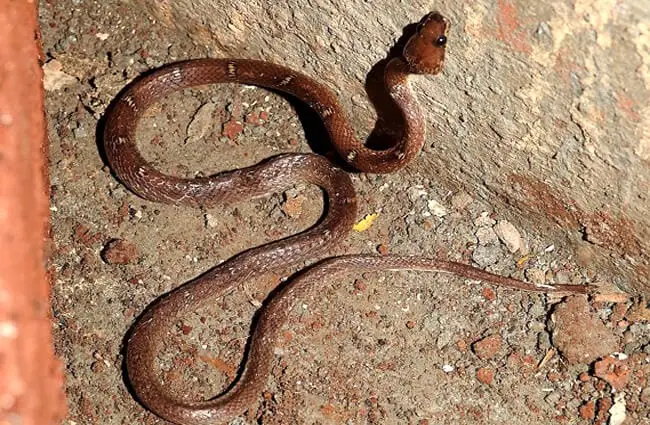

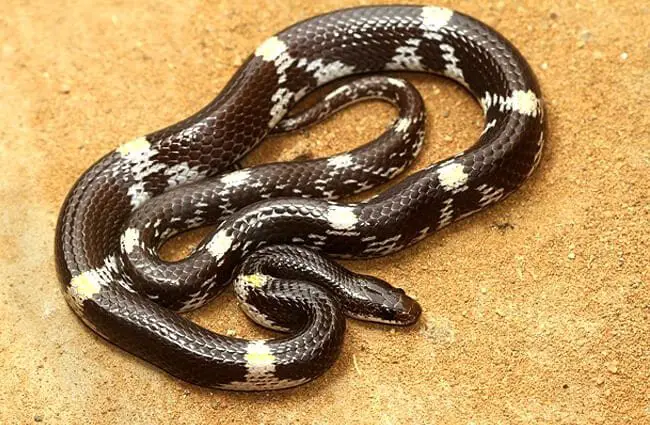


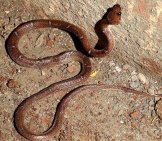
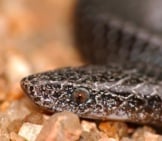
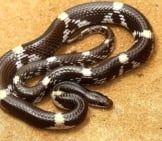

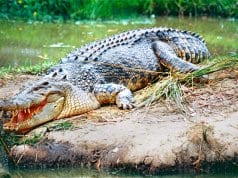
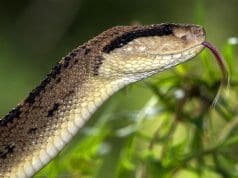










![Red Angus Closeup of a beautiful Red Angus cowPhoto by: U.S. Department of Agriculture [pubic domain]https://creativecommons.org/licenses/by/2.0/](https://animals.net/wp-content/uploads/2020/03/Red-Angus-4-100x75.jpg)

